Domestic 2
For my finals I have produced a sequel book to my first book ‘Domestic’ which is about my mum who works as a Domestic taking on the role of a breadwinner within my household which has abdicated from her culture’s traditions. This second book is about my dad who in some ways has taken on the stereotypical role of a female which is staying at home and doing household chores, the reason for this is he has a chronic back pain which has inhibited him from working. Both the books combined show the role reversal in my household. For this book I have been photographing him daily doing household activities, I think that these photographs have revealed isolation and a lack of emotion from my dad this may be because he is ‘restricted’ in the things he can do. I have included archive photographs such as the photograph of me and my dad and his army identity card to show his past jobs. I have also included objects which represent my dad and that emphasize him as a dad. With this book I think that I have managed to reach out to my dad because we don’t have a very close relationship, he is closer to my younger brother like I have mentioned previously this may be partly due to cultural preferences. Through out making my book I have observed that there is a strong tendency for females interact with females whilst the males mainly interact with males. Therefore photography has almost given me a ‘passport’ to get to know my dad better. I think this project was much harder for me to do then my first photo book because of gap between me and my dad, l was able to photograph my mum with much more ease and it was more natural to do. However, with this project I think I managed to get personal photographs of my dad although he didn’t agree with it at first. An example of this is I wanted to photograph my dad when he was out with his friends and the Portuguese male culture, however I wasn’t able to go. Overall I think I was able to get a wide variety of photographs and I am happy with my final outcomes. I think my final outcomes turned out to be a lot better then I had expected because I didn’t feel it was easy to take lots of photographs. The book is a good representation of my dad and it shows his true likeness. It links into the exam theme truth, because I think shows ‘ the truth behind closed doors’ by showing that the male isn’t always the breadwinner and take on more female domestic roles.
My starting point for the exam theme ‘ Truth, Fantasy and Fiction’ was looking at each theme individually and brainstorming ideas that I could explore under each heading. I stared off my looking at surrealism and the idea of blurring the lines between reality and fiction because it was something that interested me. However, when I couldn’t think of a good idea to do with surrealism, I began to look at documentary photography under the heading truth. This is when the idea of making a sequel to my first book Domestic came up. I then started exploring this idea by researching documentary photographers.
I think my research on documentary photographers aided my work because I was able to choose what type of documentary photography I wanted to do because I looked at staged vs natural documentary. My research into documentary ethics led to me to avoid taking staged photographs. I also got a better understanding of what I wanted my photographs to look like. Finally, my research gave me inspiration as to what I wanted to achieve and transmit to the viewer through the story telling.
I have also printed out the key images from my book individually, so that I can mount them up to make a smaller sequence which also tells the same story, but the viewer can see it all together rather than having look through like in the book. I like the flow of the mount because your eyes move from one picture to another rather than jump from one to the other. I think these key images work well together and you’re able to see the main story line. Again the photographs were printed to the size of their importance. I placed the photograph of me and my dad at the top of the mount because I think its one of the most important images as I’ve reached out to my dad through this project. I then placed the large image to the side rather than in the middle because although it is a key image its large size would have made it over powering. I placed the similar picture of my dad in the kitchen on the opposite side. I also did this with the picture of my dad in the car and the car keys so that they didn’t cash. Finally, I put the photograph of my dad fixing the TV and or his army identity card in the middle because they are both key images.
Domestic- http://www.blurb.com/bookstore/invited/6219596/b6a7d66a6cdc71797b46124895fb4ea1b8719ff1
Domestic 2- http://www.blurb.com/bookstore/invited/6330665/3b0f28471c77246776c3471eacbf81b5e170adf1







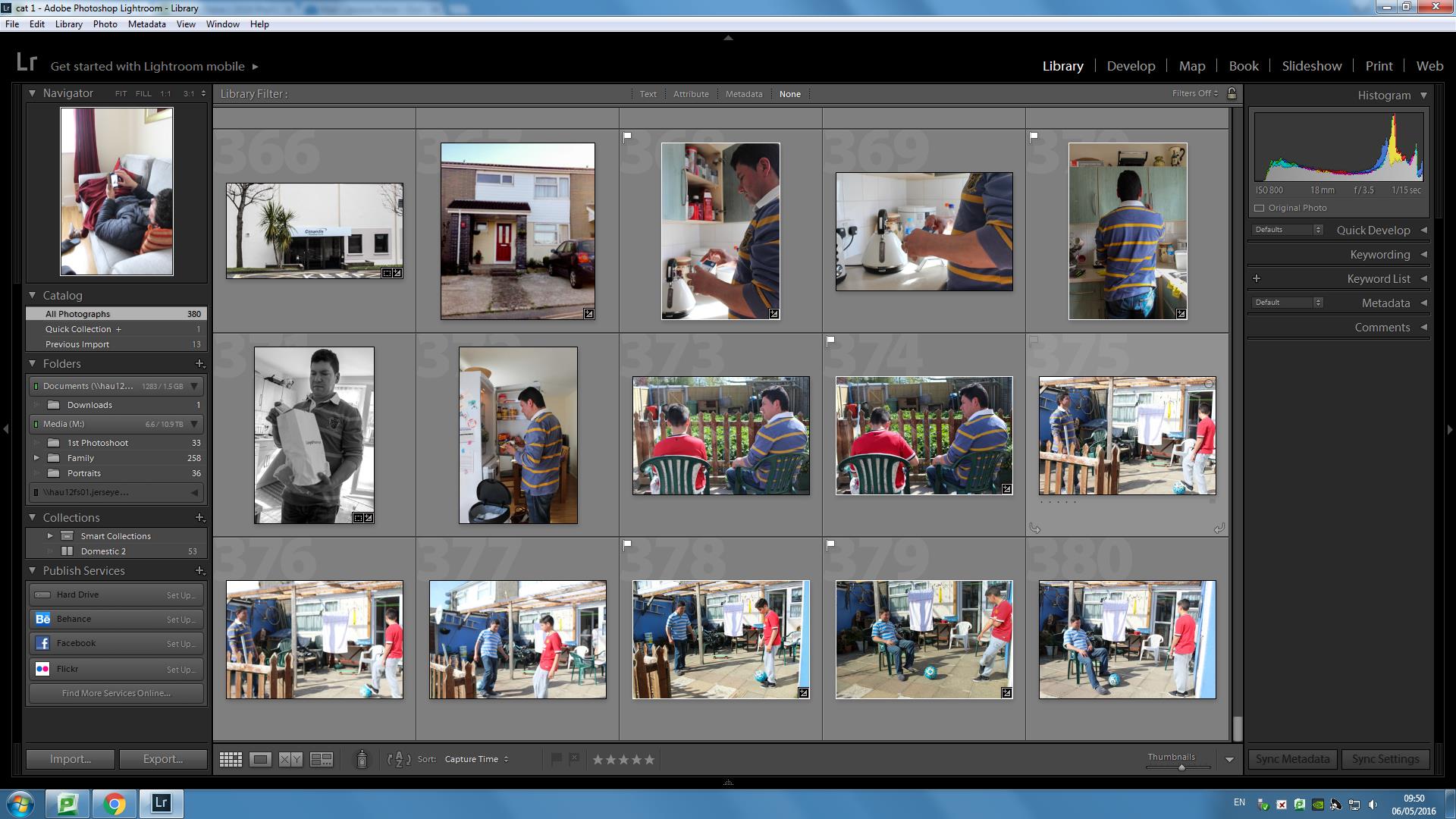
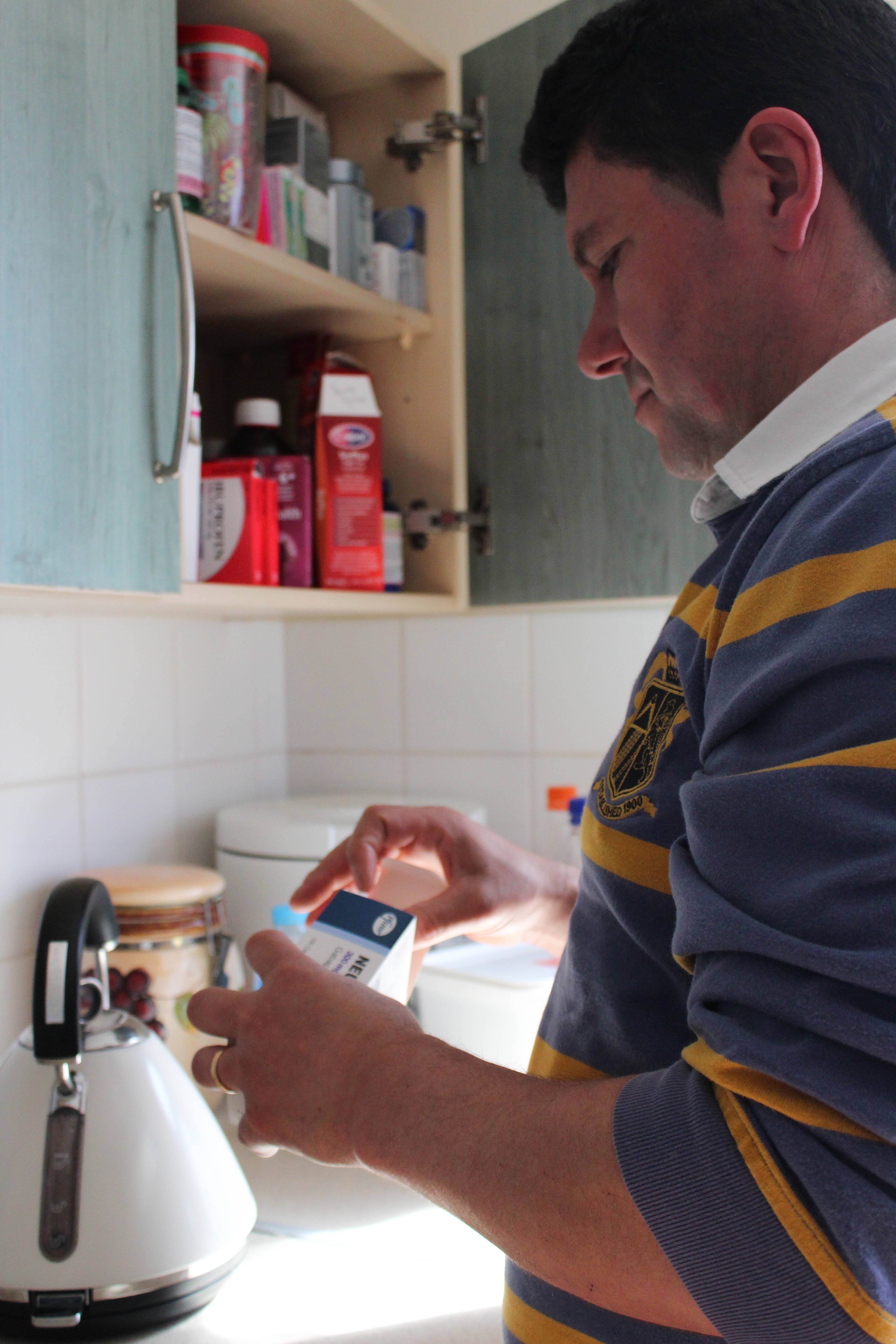
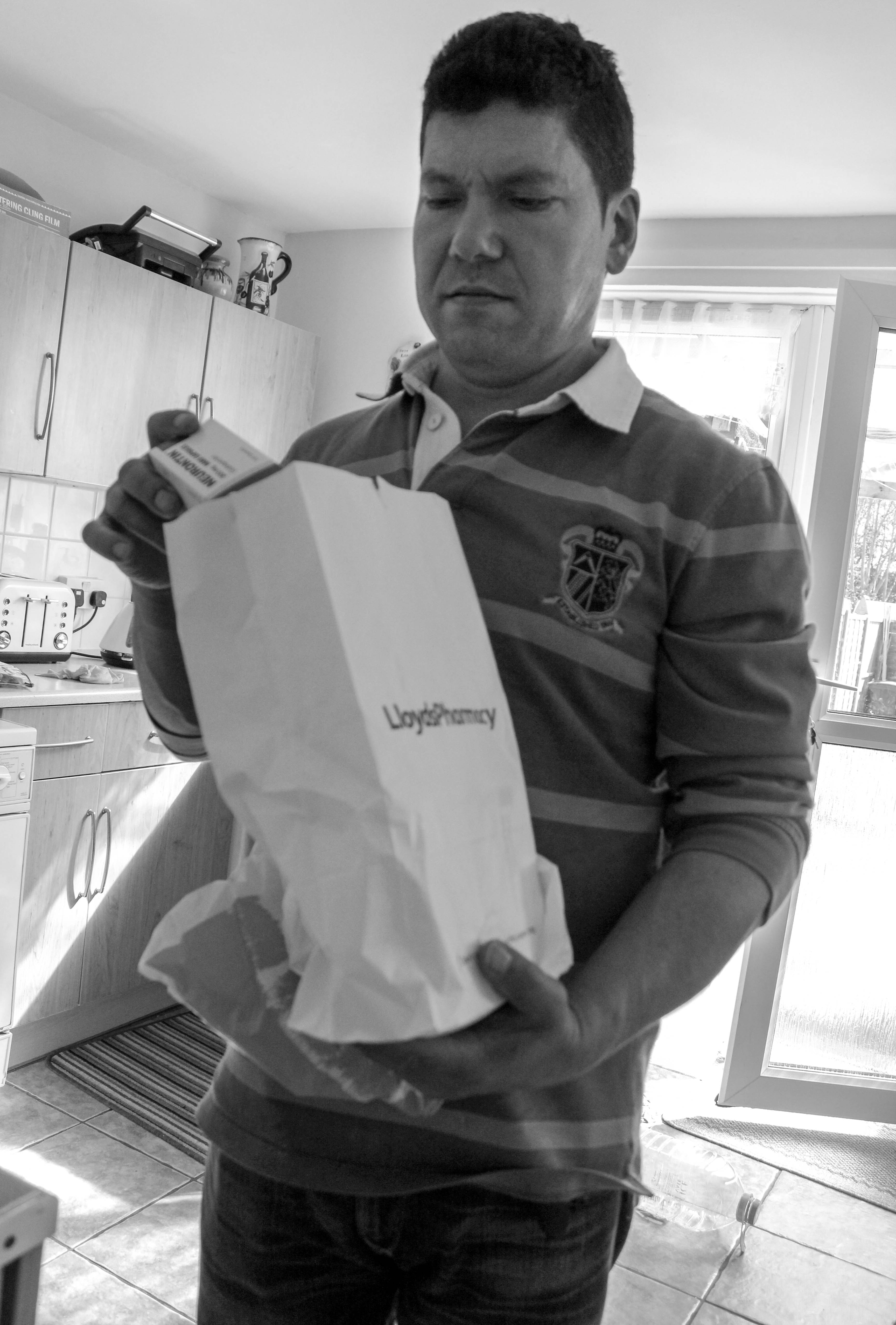
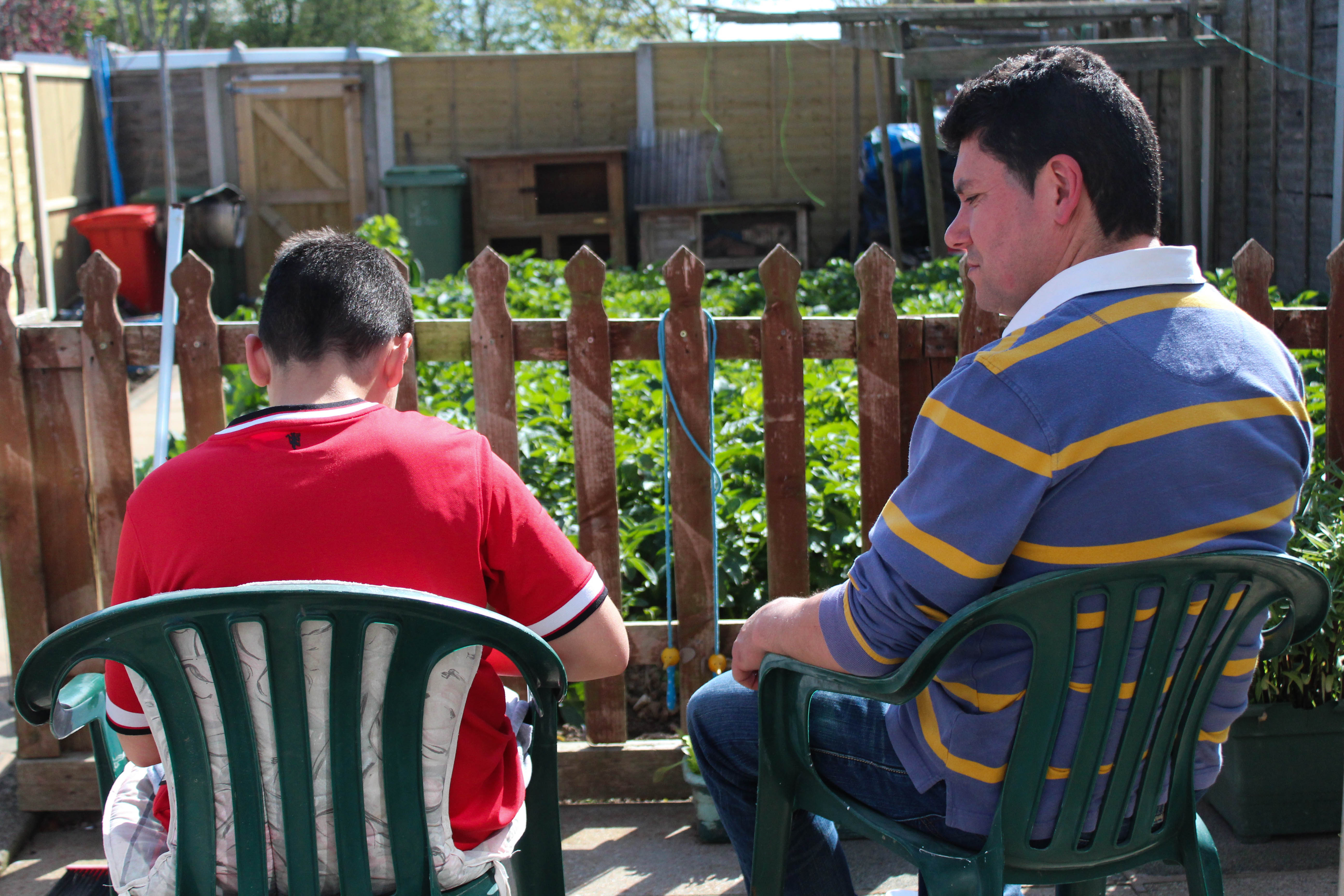
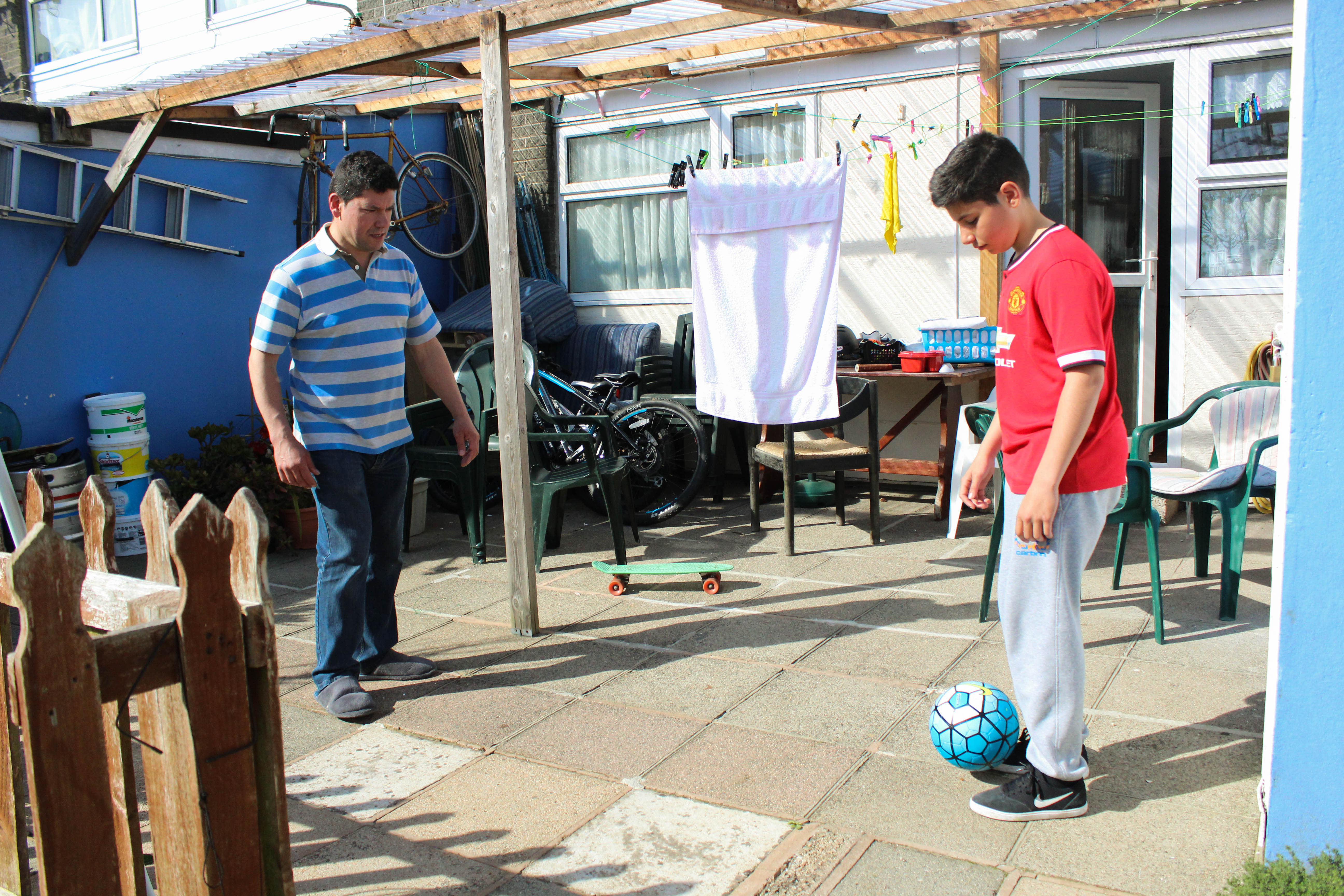










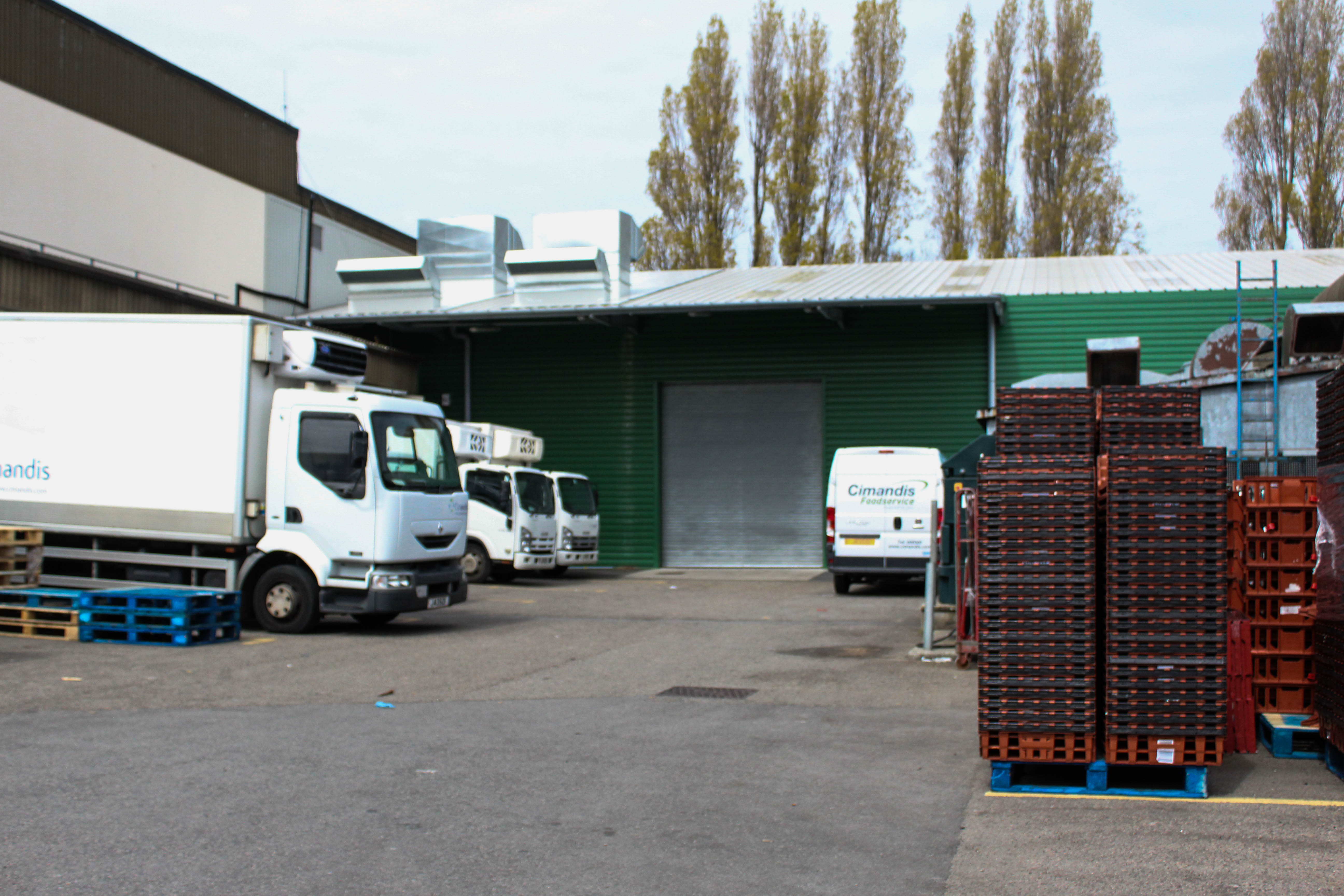











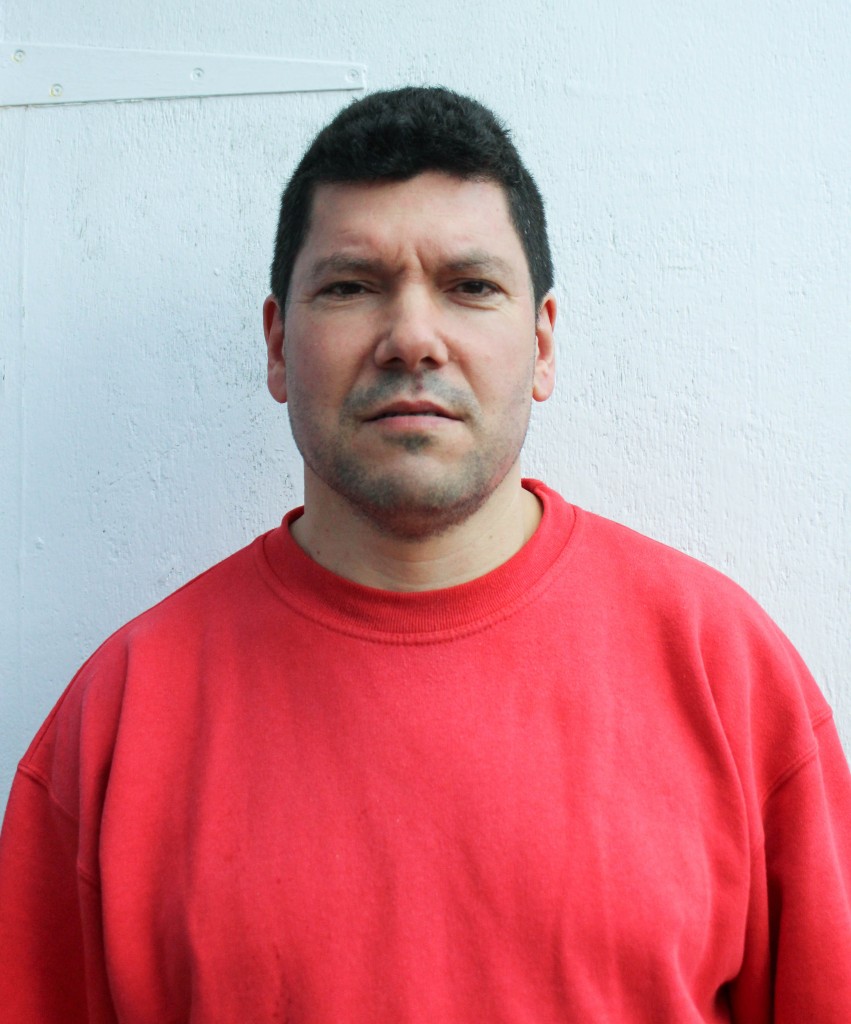

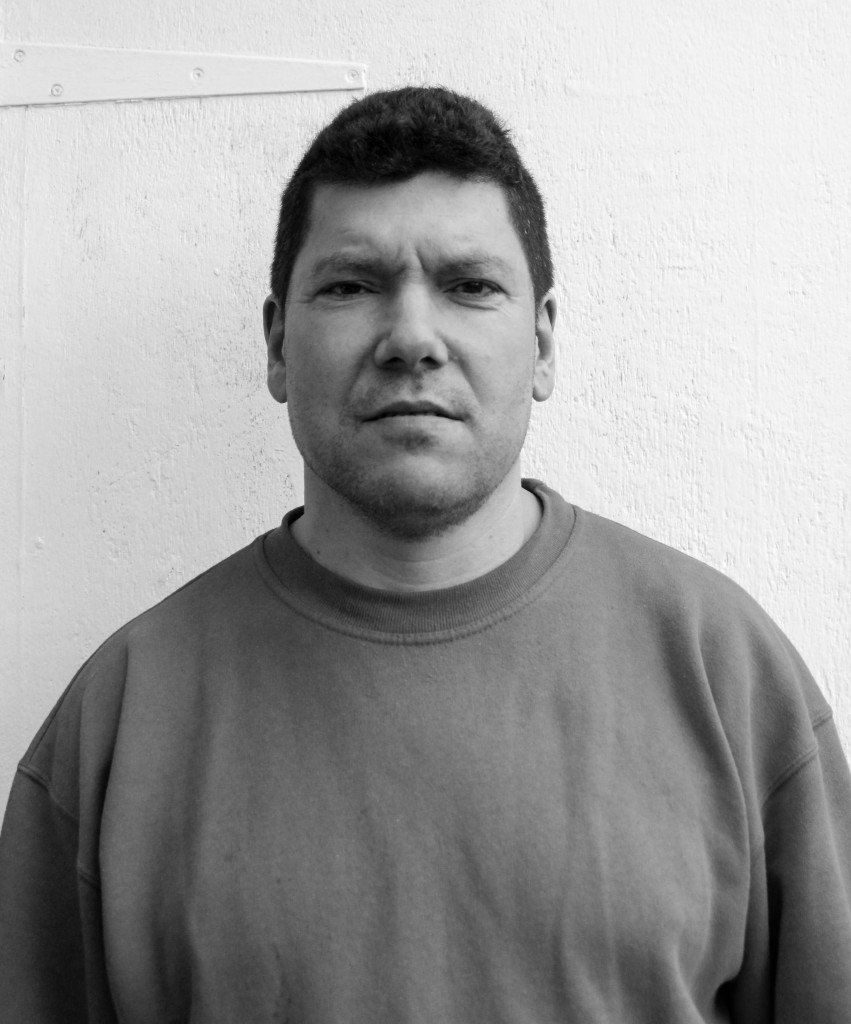









































![Magritte[1] (Custom)](https://hautlieucreative.co.uk/photo16a2e/wp-content/uploads/sites/9/2016/03/Magritte1-Custom.jpg)




